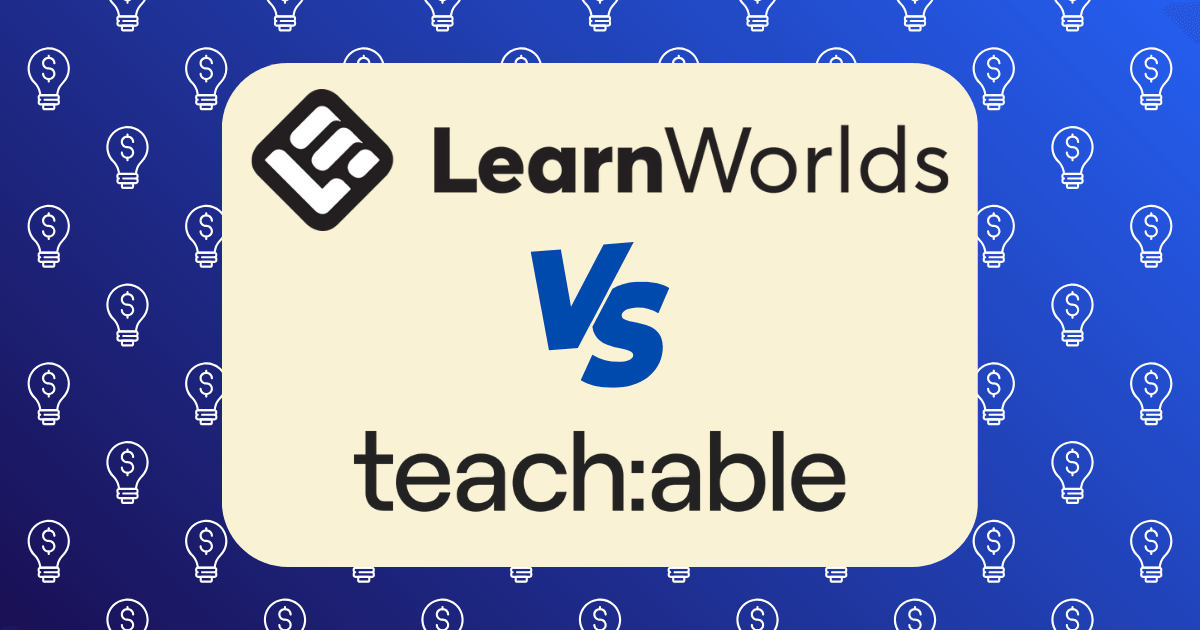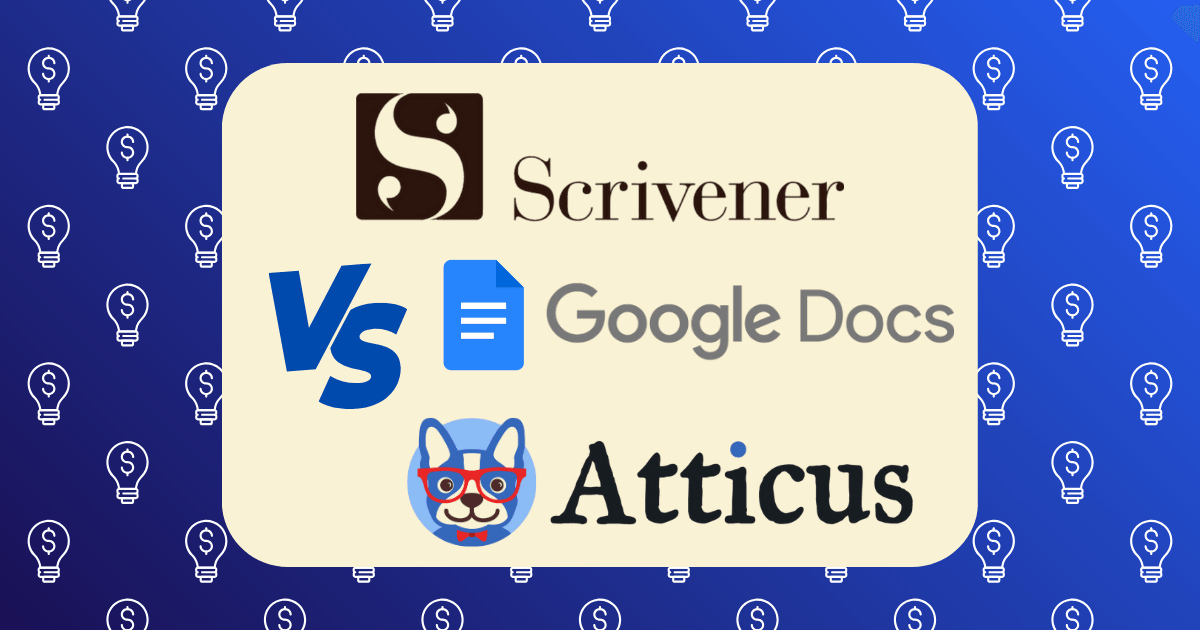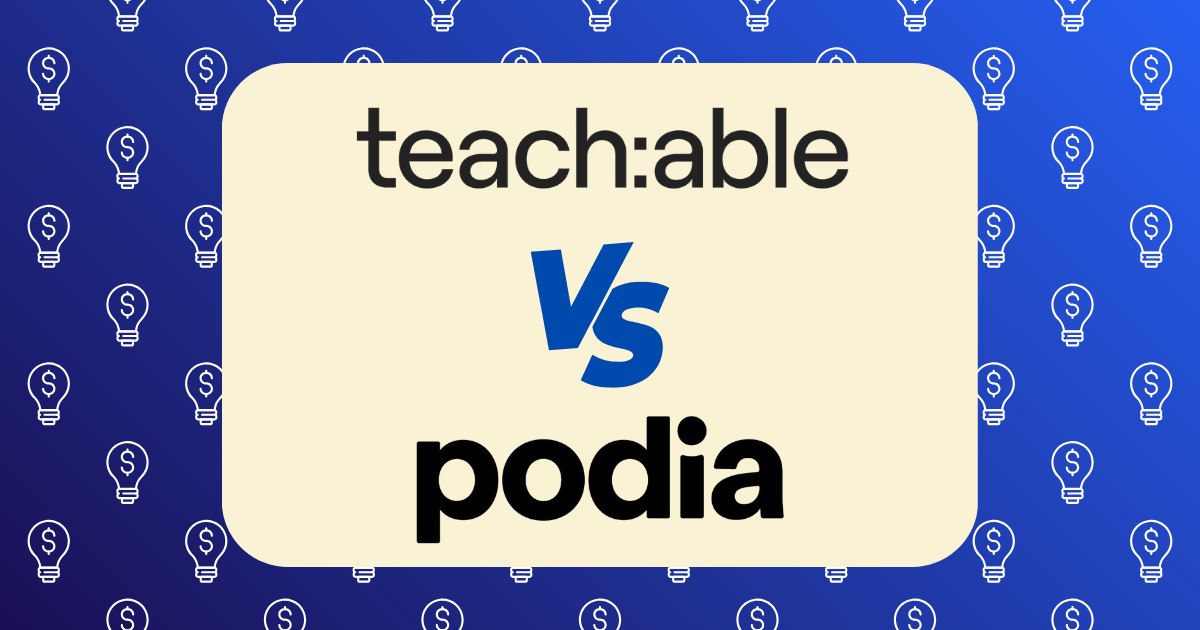Delivery Systems Compared: The Pros and Cons of 5 Ways to Deliver Digital Products

After selling over $400,000 worth of digital products in the past three years, I’ve learned that how you deliver your products matters almost as much as what you’re selling. The right delivery system can enhance customer experience, reduce support headaches, and protect your intellectual property—while the wrong one can sink your business before it starts.
I’ve personally tested dozens of delivery methods across various platforms, and in this article, I’ll break down the five most effective systems for delivering digital products in 2025. I’ll share the honest pros and cons of each approach, real-world examples, and help you determine which solution best fits your specific needs.
Let’s dive into the options that actually work for digital creators today.
Why Your Delivery System Choice Matters
Before we compare specific systems, let’s understand why this decision is so critical:
- First impression impact: Delivery is often the customer’s first post-purchase interaction with your product
- Support volume: Poor delivery systems can increase support requests by 300-400%
- Refund rates: Difficult access leads directly to higher refund rates (I reduced mine from 12% to 3.5% by switching systems)
- Security concerns: Inadequate protection can lead to piracy and unauthorized sharing
- Scalability needs: Some systems break down as your catalog or customer base grows
According to Digital Commerce 360, the global digital product market is projected to reach $331 billion by the end of 2025. With more competition than ever, your delivery system can be a key differentiator in customer satisfaction and retention.
Delivery System #1: Email Attachments
Let’s start with the most basic approach: sending digital products as email attachments.
How It Works
You manually or automatically email the product files directly to customers after purchase. The files are attached to the email or provided via a basic download link.
Pros
- Zero additional cost: Uses existing email infrastructure
- Simplicity: No technical setup required
- Familiarity: Most customers understand email attachments
- Direct delivery: Products arrive in the customer’s inbox
Cons
- File size limitations: Most email providers limit attachments to 25MB
- Deliverability issues: Attachments may trigger spam filters or bounce
- No access control: Once sent, you can’t revoke access or track usage
- Manual work: Requires intervention unless automated with specific tools
- Unprofessional appearance: Can appear amateur compared to dedicated systems
Best For
- Very small businesses just starting out
- Extremely simple products with small file sizes
- Testing product ideas before investing in better systems
- Products priced under $20 where delivery expectations are lower
Example
When I launched my first digital planner in 2022, I used email delivery. With only 10-15 sales per week, it was manageable, but problems quickly emerged:
- 23% of customers reported never receiving the email (mostly landing in spam folders)
- Large file sizes caused delivery failures for about 8% of customers
- I spent 5-7 hours weekly just resending files and troubleshooting delivery issues
After reaching 100 sales per month, email delivery became completely unsustainable, forcing me to switch systems.
Implementation Tips
If you must use email delivery:
- Compress files to minimize size
- Use a dedicated business email domain to reduce spam filtering
- Include clear instructions for customers who don’t receive the email
- Consider services like Zapier to automate the process
Delivery System #2: Self-Hosted Download Pages
The next level up is creating your own download pages on your website.
How It Works
After purchase, customers receive access to a password-protected page on your website where they can download the digital products. This can be implemented using WordPress plugins, membership site software, or custom code.
Pros
- Greater control: You own the entire delivery infrastructure
- No file size limitations: Can deliver large files (videos, software, etc.)
- Brand consistency: Delivery experience matches your website design
- Access management: Can expire links or revoke access if needed
- Upsell opportunities: Can promote related products on download pages
Cons
- Technical setup required: Needs moderate web development knowledge
- Security vulnerabilities: Requires proper implementation to prevent unauthorized access
- Hosting costs: Large files need robust hosting with sufficient bandwidth
- Maintenance responsibility: You must keep the system updated and secure
- Limited analytics: Basic systems offer minimal insight into customer behavior
Best For
- Established businesses with technical resources
- Products requiring frequent updates
- Creators who want complete control over the customer experience
- Businesses with in-house web development capabilities
Example
A design template creator I consulted for switched from a third-party delivery system to a self-hosted solution using WooCommerce with the Digital Downloads extension. The results were mixed:
Positives:
- Saved $1,200 annually in third-party platform fees
- Increased cross-sells by 34% through customized download pages
- Gained ability to push product updates directly to customers
Negatives:
- Spent $3,500 on initial development and security setup
- Experienced two major outages in the first year
- Required ongoing maintenance and security updates
For this creator, the investment made sense given their $180,000 annual revenue, but smaller businesses might find the technical overhead prohibitive.
Implementation Tips
If choosing self-hosted delivery:
- Use established plugins rather than custom code when possible
- Implement proper security measures (expiring links, download limits)
- Choose hosting with sufficient bandwidth for peak periods
- Create a backup delivery method for system outages
- Consider a content delivery network (CDN) for large files
Delivery System #3: Dedicated Digital Delivery Platforms
Specialized platforms focused exclusively on digital product delivery offer a middle ground between DIY solutions and full marketplace platforms.
How It Works
These standalone services handle file storage, secure delivery, access control, and analytics. They typically integrate with your existing website and payment processor through API connections or plugins.
Pros
- Purpose-built features: Designed specifically for digital product delivery
- Strong security: Advanced protection against unauthorized sharing
- Detailed analytics: Track downloads, engagement, and customer behavior
- Automated workflows: Handle delivery, expiring links, and access control
- Scalability: Easily handle growing product catalogs and customer bases
Cons
- Monthly costs: Most charge subscription fees based on storage or sales volume
- Integration complexity: May require technical knowledge to connect with your site
- Platform dependency: Reliance on third-party service availability
- Learning curve: More complex systems require time to master
- Limited customization: Some platforms restrict how much you can modify the experience
Best For
- Mid-size digital product businesses
- Creators with multiple product lines or large files
- Businesses concerned about piracy and unauthorized sharing
- Sellers needing detailed customer behavior analytics
Popular Platforms & Pricing
| Platform | Starting Price | Transaction Fee | Storage Limit | Key Features |
| SendOwl | $15/month | 0% | 1GB | Drip content, license keys |
| Digital Delivery App | $10/month | 0% | 5GB | Watermarking, video streaming |
| FetchApp | $5/month | 0% | 25MB | Simple setup, Shopify integration |
| DPD | $10/month | 0% | 1GB | PDF stamping, license management |
| Pulley | $6/month | 0% | 1GB | Lightweight, easy integration |
Example
When my digital template business reached $10,000 monthly revenue, I switched to SendOwl. The impact was immediate:
- Support tickets decreased by 71% within the first month
- Refund rate dropped from 8.2% to 3.7%
- Detected and blocked 43 instances of attempted file sharing in the first quarter
- Recovered approximately $2,800 in potential lost revenue through link expiration and IP restrictions
The platform costs $29 monthly for my volume, but the time saved on support alone made it worthwhile, not to mention the reduced refunds and prevented piracy.
Implementation Tips
When using dedicated delivery platforms:
- Take advantage of all security features (download limits, expiring links)
- Set up automated emails for delivery and access reminders
- Use analytics to identify potential issues in the delivery process
- Test the customer experience thoroughly before full implementation
- Consider how the system handles product updates and revisions
Delivery System #4: All-in-One Commerce Platforms
These comprehensive platforms handle everything from sales to delivery within a single ecosystem.
How It Works
All-in-one platforms provide website building, payment processing, marketing tools, and digital delivery in one integrated system. Everything happens within their ecosystem, simplifying management but potentially limiting flexibility.
Pros
- Complete solution: One platform for website, sales, and delivery
- Simplified management: Single dashboard for all operations
- Integrated marketing: Built-in email, affiliate programs, and promotions
- Consistent updates: Platform handles maintenance and new features
- Streamlined support: One point of contact for all issues
Cons
- Higher costs: Typically more expensive than specialized solutions
- Feature limitations: May lack specialized delivery features
- Platform lock-in: Difficult to migrate away once established
- Less flexibility: Must work within the platform’s capabilities
- Shared infrastructure: Performance may vary based on overall platform usage
Best For
- Creators wanting simplicity over customization
- Businesses without technical resources
- New sellers who need an all-in-one solution
- Creators focusing on specific product types (courses, memberships)
Popular Platforms & Pricing
| Platform | Starting Price | Transaction Fee | Best For | Key Delivery Features |
| Podia | $39/month | 0% | Courses, digital downloads | Drip content, video hosting |
| Kajabi | $149/month | 0% | Premium courses, memberships | Advanced access control, mobile app |
| Teachable | $59/month | 5% on basic plan | Online courses | Course completion tracking |
| Thinkific | $49/month | 0% | Structured learning products | Learning management features |
| Gumroad | Free | 10% + $0.30/sale | Simple digital products | Quick setup, audience building |
Example
A colleague who creates music production tutorials switched from a WordPress/WooCommerce setup to Kajabi. Despite the higher cost ($149/month vs. approximately $50/month in previous tools), the results justified the change:
- Course completion rates increased from 23% to 47%
- Average customer value increased by 34% through integrated upsells
- Support time decreased by 15 hours weekly
- Sales increased 28% through built-in marketing tools
However, another creator I know switched from WordPress to Podia and saw minimal benefits while losing customization options they valued. The platform fit matters tremendously based on your specific needs.
Implementation Tips
For all-in-one platforms:
- Take full advantage of integrated marketing features
- Use the platform’s community and support resources
- Consider the long-term costs as your business scales
- Evaluate the customer experience on mobile devices
- Assess how easily you can export your data if needed
Delivery System #5: Marketplace Platforms
The final option is using established marketplaces that handle both sales and delivery.
How It Works
You list your digital products on popular marketplaces where customers already shop. The marketplace handles payment processing, file delivery, and often marketing in exchange for a commission on each sale.
Pros
- Built-in audience: Access to the marketplace’s existing customer base
- Zero setup: No technical implementation required
- Established trust: Customers already trust the marketplace
- Handled infrastructure: Platform manages all delivery technology
- Discovery potential: New customers can find your products organically
Cons
- High fees: Commissions typically range from 30-50% per sale
- Limited control: Must follow marketplace rules and formats
- Brand dilution: Less opportunity to build your own brand
- Platform dependency: Subject to marketplace policy changes
- Competition: Products displayed alongside competitors
Best For
- New creators seeking initial traction
- Side hustlers without time for marketing
- Testing product concepts before full launch
- Supplementary sales channel for established businesses
Popular Marketplaces & Fees
| Marketplace | Commission | Product Types | Audience |
| Etsy | 6.5% + $0.20 listing | Printables, templates, art | Craft, design enthusiasts |
| Creative Market | 40% | Design assets, templates | Designers, creative pros |
| Udemy | 37-97% | Online courses | Skill learners, professionals |
| Envato Market | 37.5-50% | Templates, code, graphics | Developers, designers |
| Amazon KDP | 30-65% | Ebooks, audio | General readers |
Example
I tested identical digital planners on both my own website (using SendOwl) and Etsy. The results were revealing:
Etsy:
- 73 sales in the first month with no external marketing
- $1,241 revenue with $384 in marketplace fees
- 11 hours spent on marketplace-specific requirements
- 4.7/5 average rating
Own Website:
- 28 sales in the first month despite email marketing
- $756 revenue with $29 in delivery platform fees
- 3 hours spent on delivery setup
- No visible ratings in first month
For a new product launch, the marketplace provided valuable traction and validation despite higher fees. However, over time, my website became more profitable as I built an audience and reputation.
Implementation Tips
When using marketplaces:
- Study successful listings in your category before publishing
- Optimize titles and descriptions for marketplace search
- Price products to account for marketplace fees
- Use marketplace sales to drive customers to your direct channels
- Diversify across multiple marketplaces to reduce dependency
Comparison Matrix: At-a-Glance Decision Guide
To help you quickly compare options, here’s a feature comparison matrix of all five delivery systems:
| Feature | Email Attachments | Self-Hosted | Dedicated Platforms | All-in-One | Marketplaces |
| Startup Cost | $0 | $500-3,000 | $0-100 | $0-100 | $0 |
| Monthly Cost | $0 | $10-100 | $10-50 | $39-199 | $0 |
| Per-Sale Cost | $0 | $0 | $0 | 0-5% | 6.5-50% |
| Setup Difficulty | Very Easy | Complex | Moderate | Easy | Very Easy |
| Customization | Limited | Extensive | Moderate | Limited | Very Limited |
| Security | Poor | Variable | Excellent | Good | Excellent |
| Analytics | None | Basic | Excellent | Good | Moderate |
| Scalability | Poor | Moderate | Excellent | Good | Excellent |
| Brand Control | Moderate | Excellent | Good | Moderate | Poor |
| Customer Data | Full | Full | Full | Partial | Limited |
How to Choose the Right Delivery System for Your Business
With all these options, how do you decide? Consider these factors:
1. Business Stage
- Just starting: Email delivery or marketplaces
- Growing steadily: Dedicated delivery platforms
- Established business: Self-hosted or all-in-one platforms
2. Technical Capability
- No technical skills: Marketplaces or all-in-one platforms
- Basic technical skills: Dedicated delivery platforms
- Advanced technical skills: Self-hosted solutions
3. Product Type
- Simple downloads: Any system works
- Large files: Self-hosted or dedicated platforms
- Courses/memberships: All-in-one platforms
- Software/apps: Dedicated platforms with license management
4. Budget Considerations
- Bootstrapping: Email or marketplaces to start
- Revenue under $1,000/month: Dedicated platforms
- Revenue over $5,000/month: Self-hosted or all-in-one solutions
5. Growth Plans
- Building audience: Marketplaces for discovery
- Building brand: Self-hosted or dedicated platforms
- Creating ecosystem: All-in-one platforms
My Recommended Approach: The Hybrid Method
After years of experimentation, I’ve found the most effective approach is actually a hybrid model that evolves with your business:
Phase 1: Validation (0-3 months)
Use marketplaces to validate product concepts with minimal investment. Focus on gathering customer feedback and refining your offerings.
Phase 2: Foundation (3-12 months)
Implement a dedicated delivery platform connected to your own website. Begin building direct customer relationships while maintaining marketplace presence.
Phase 3: Expansion (12+ months)
Consider migrating to a self-hosted solution or comprehensive all-in-one platform as volume justifies the investment. Maintain marketplace listings as a discovery channel but focus on driving direct sales.
This staged approach minimizes risk while allowing for growth and increased control over time.
Implementation Checklist: Setting Up Your Delivery System
Regardless of which system you choose, follow these steps for successful implementation:
- Document your requirements
- File types and sizes you need to deliver
- Access control needs (time limits, download limits)
- Integration requirements with existing systems
- Budget constraints and projected sales volume
- Test customer experience
- Create test purchases to experience the full delivery flow
- Check compatibility across devices and browsers
- Verify email deliverability and spam filter handling
- Test download speeds from different locations
- Prepare support resources
- Create clear access instructions for customers
- Develop FAQs for common delivery issues
- Set up monitoring for delivery failures
- Establish a backup delivery method for emergencies
- Optimize security
- Implement appropriate download limits
- Set link expiration timeframes
- Consider watermarking or other protection measures
- Review terms of service regarding sharing and redistribution
- Plan for scaling
- Understand bandwidth limitations
- Review pricing tiers as volume increases
- Consider how product updates will be handled
- Evaluate long-term storage needs
Common Delivery Problems and Solutions
Based on my experience and conversations with dozens of digital product sellers, here are the most common delivery issues and how to solve them:
Problem: High support volume for access issues
Solution: Create a detailed welcome email with access instructions, FAQs, and troubleshooting tips. Consider adding a short video tutorial showing exactly how to download and use the product.
Problem: Customers sharing download links
Solution: Implement IP-based download restrictions, limited download attempts, and expiring links. Some dedicated platforms like SendOwl can detect and block suspicious sharing patterns.
Problem: Large files causing download failures
Solution: Split very large files into smaller segments, provide alternative download methods, or use a delivery system with resumable downloads. Consider using a CDN for improved delivery speed.
Problem: Customers losing access or files
Solution: Implement a customer portal where purchases are always available, send reminder emails with access information, and consider extending access periods beyond the minimum necessary.
Problem: Mobile compatibility issues
Solution: Test your delivery system thoroughly on mobile devices, provide clear instructions for mobile users, and consider mobile-specific delivery options for certain file types.
Final Thoughts: The Future of Digital Product Delivery
As we look ahead, several trends are shaping the future of digital product delivery:
- Increased focus on security: As digital products become more valuable, protection against piracy will become more sophisticated
- Mobile-first delivery: Systems optimized for mobile download and consumption will gain advantage
- Integrated consumption: Delivery systems that allow in-platform use rather than just downloads
- AI-enhanced experiences: Personalized delivery based on customer behavior and preferences
- Blockchain verification: Emerging technologies for proving ownership and authenticity
The most successful digital product creators will be those who view delivery not just as a technical necessity but as a critical part of the customer experience—an opportunity to exceed expectations and build lasting relationships.
Your delivery system is the bridge between sale and satisfaction. Choose wisely, test thoroughly, and always prioritize the customer experience.
What delivery systems have you tried for your digital products? Share your experiences in the comments below!







